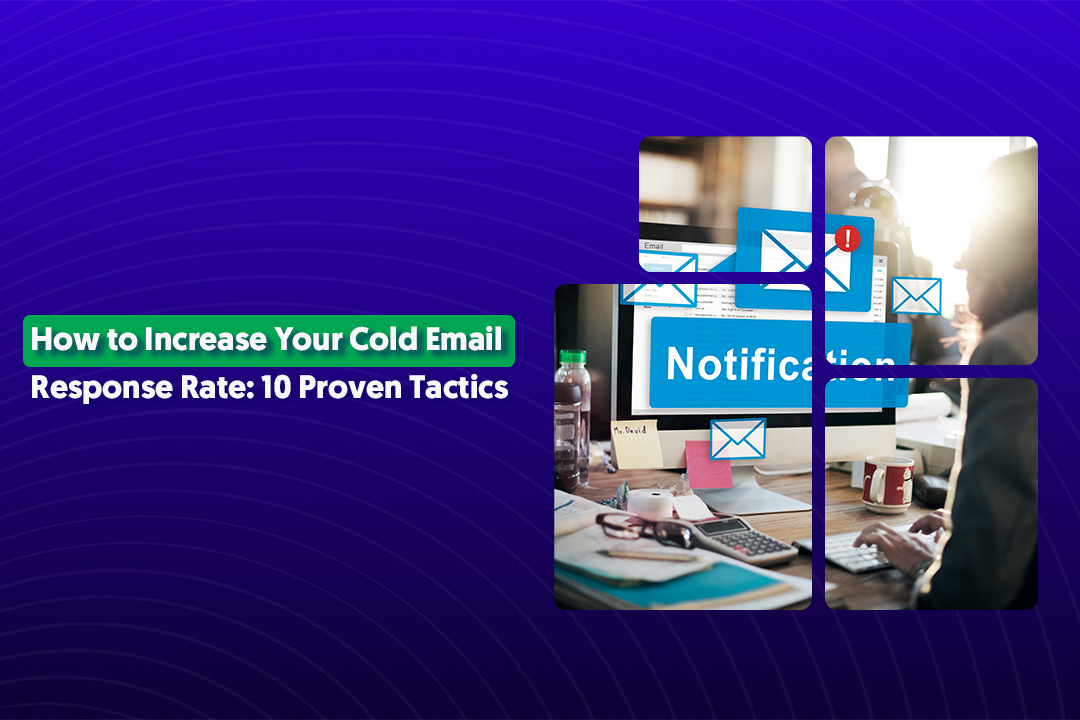
LinkedIn has recently been sending the message above to more and more users. This is not a warning or ban (none of our clients have ever been banned), it’s simply a notification that asks users to lower the amount of invites they send on a weekly basis.
We’ve seen this notification appear after 100 to 250 connection requests sent per week. You can get the Weekly Invite Limit notification multiple times with no harm to your account.
LinkedIn is likely never to reveal the exact algorithm or magic number of invites allowed per day, week, or month.
We expect LinkedIn to roll this out to all users at some point, and it’s something no software, tool, person, or agency actively doing outreach can bypass. However, here’s what we know and why it’s actually a blessing in disguise for people who do LinkedIn outreach the right way:
Why Is The LinkedIn Invite Limit There?
LinkedIn sets a weekly invite limit to prevent spamming and promote the formation of more meaningful connections.
Through an invitation limit, LinkedIn aims to decrease the instances of poorly targeted outreach and improve the experience of their users.
How To Avoid The Limitation And What To Do After?
To avoid these temporary pauses from happening, users can simply reduce their outreach volume. We recommend around 100 requests per week.
If you do get an invite limit, we recommend you wait 3 to 7 days to reset LinkedIn’s weekly invite clock, then send connection requests again.
Cleverly will automatically pause for you while pushing your subscription so that you’re not billed for down time. During the short pause, you’re free to send InMails and use every other feature on LinkedIn.
To keep LinkedIn from restricting our invitations and connections to other users, we follow these best practices:
- When we send an invite, we provide context by including a personalized message with the invitation. This lets the recipient understand how we know them and why we want to connect with them, increasing the chance that they accept our invitation.
- We update and improve our LinkedIn profile with current information and a profile photo to enhance our credibility. Following this simple but important step assures the recipients of our invitations will recognize us and accept our invite.
- We clear out pending invitations automatically. This takes time, but it frees up invitations to send to other people instead.
How Weekly Invite Limits Make LinkedIn Better
- Less spam in people’s inboxes. The majority of people who sign up for automation tools on their own end up spamming people. They send too much volume too quickly, and scale ‘spray-and-pray’, salesy messages to large, unfocused targeting lists. With uncapped volume, they were able to squeeze out a few lucky leads due to sheer numbers. Now, those tactics are ineffective, so there’s not only less spammers who have given up, but also a reduced amount of bad messages in people’s inboxes.
- Less noise and competition. Your prospects are now receiving fewer connection requests, so the invites you send stand out more. As a result, our clients’ overall connection request acceptance ratio has improved.
- Better user experience. Before this invite limit, a number of users complained that the high volume of irrelevant messages in their inbox drowns out more relevant conversations, resulting in people missing out on important messages. Similarly, their news feed was more crowded. The encouragement of fewer, more quality connections makes each message more valuable, less overwhelming, and more enjoyable. The end result of a better user experience is more daily-active users on LinkedIn (your prospects), who have tighter networks of more lucrative and valuable relationships.
- Cleverly prepared for this and adapted. We dropped our outreach volume over a year ago to build smaller, persona-based/niche targeting lists, so we could write more insider, relevant messaging that broke through the noise. This limited irrelevant connections and resulted in higher quality connections and replies from qualified prospects, at a volume our clients could manage.
What Cleverly Has Done To Maintain Lead Volume
Our clients are still getting leads, which is why we have 1,200+ clients, low client turnover, and brand new, 5-star reviews every week.
We’re still sending 400-600 connection requests per month for most clients, which because of high quality, is still more than enough to drive hundreds of new connections and dozens of replies.
When clients do receive an invite limit, we pause their account, push their billing, lower their volume a bit and resume in a few days—fulfilling our promised outreach volume. Lastly, we recommend you don’t send more than 5-10 of your own connection requests separate from Cleverly’s outreach on a weekly basis.
Not only are our campaigns more effective now due to an even higher focus on quality, but we’re also adding value to our core services, such as A/B testing (run two campaigns at once), multiple LinkedIn profiles (add an account and double your volume), new features to our dashboard, and a lot more exciting upgrades in the future.
Looking forward, we don’t see LinkedIn lowering the number of total invites sent within a time frame any further, because it’s possible for a salesperson to manually send 400-600 connection requests a month.
Furthermore, Sales Navigator brings in significant revenue for LinkedIn and they don’t want to disvalue the platform enough to result in users cancelling their subscription.
Speak with one of our experts to see how our approach of sending safe and non-salesly outreach leads to results.





